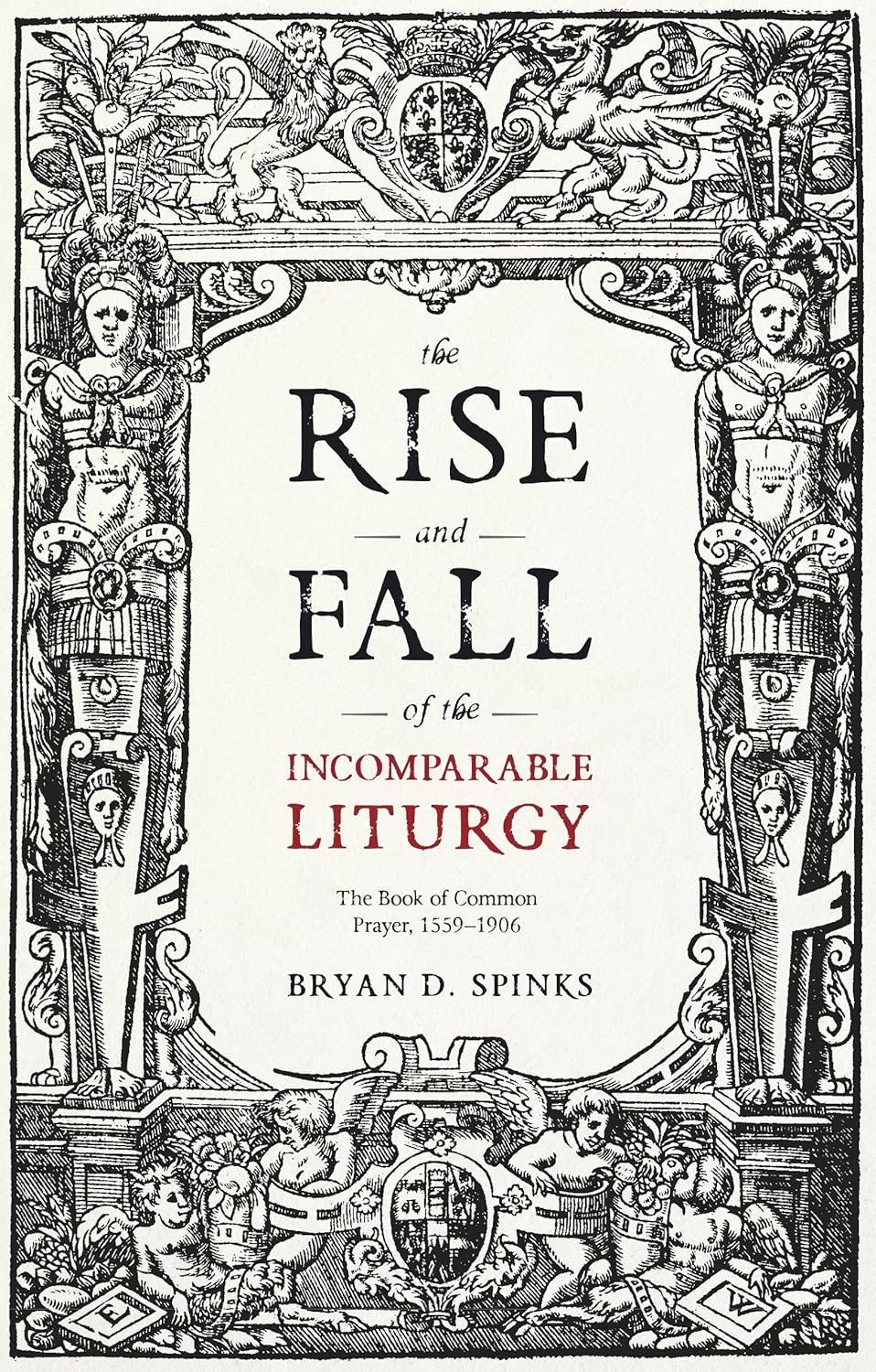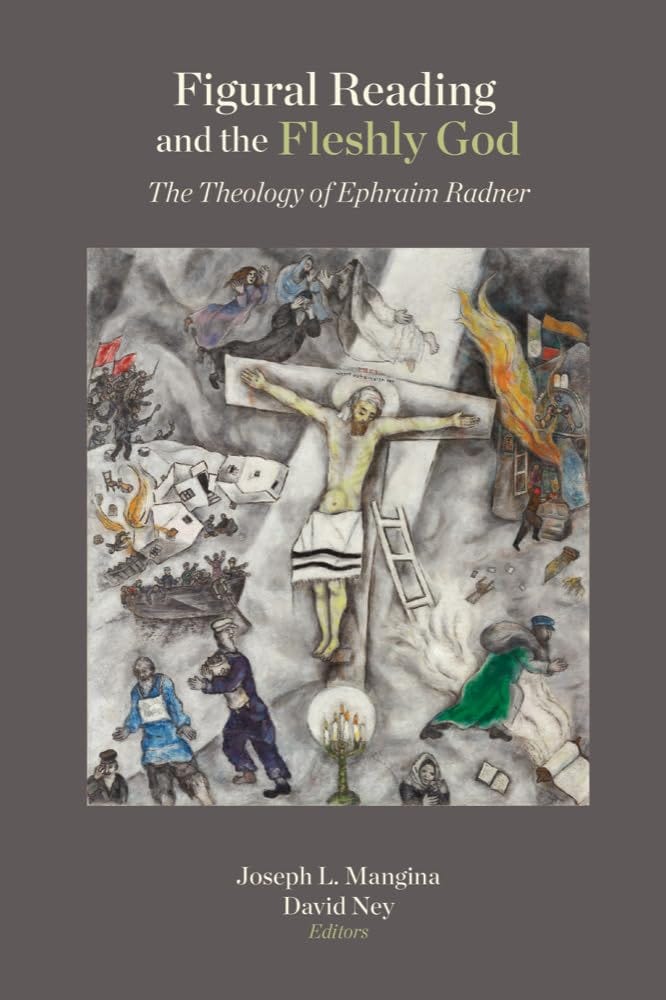Scribblings
What I'm reading in print and on the web (August 2025)
Dr. Matthew Barrett caused just a bit of a firestorm on social media last month with his announcement that he is leaving the Southern Baptist Convention and becoming Anglican. Much of his testimony mirrors what I’ve heard from others (especially young adults) as they have discovered the richness of the Anglican tradition:
Some will assume I am becoming Anglican because I don’t want to be Southern Baptist. But that’s only half the story. In the rage of the storm the Lord took me to a quiet nook deep in the cleft of a rock where clarity waited along with the peace of God. There I met Anglicanism as if for the first time. There I found the church. And she was beautiful indeed.
As you can tell, our family is burnt out on the Southern Baptist mindset—the big show. My family has been crying out for participation, not mere performance. And then we walked into St. Aidan’s Anglican Church in Kansas City. It ruined us in the best way.
***
I’m reading Bryan Spinks’ The Rise and Fall of the Incomparable Liturgy in preparation for a class I’m teaching this fall. From the introduction:
For very obvious reasons, most histories of the Church of England’s Book of Common Prayer begin with the circumstances and making of the first Prayer Book of 1549, and then its more explicitly Protestant second edition of 1552, both under the firm guidance and mostly the penmanship of Archbishop Thomas Cranmer. Textually and theologically this is logical, and it is these two texts which indicate to us the sources Cranmer used, and the shift to a more explicit Protestant theology. However, the shelf life of these two Prayer Books was extremely short…Realistically, as important as the 1549 and 1552 books are for establishing the basic text of the Book of Common Prayer, their cumulative lifespan was at maximum three and a half years…
It was with the Elizabethan Settlement and the relatively long and stable reign of Elizabeth that the Church of England as a reformed episcopal church with a Book of Common Prayer became firmly established and its liturgy became part of the national identity.
***
My Doktorvater, Dr. Joseph Mangina, has just published an co-edited volume on the theology of one of my favourite professors, Dr. Ephraim Radner. The new book, “Figural Reading and the Fleshly God,” is a beautiful Festschrift in honour of a remarkable theologian. I like how the blurb for the book describes Dr. Radner: “Ephraim Radner is one of the most creative and imaginative (if at times deeply unsettling) Christian thinkers of our day.”
My very first class in my PhD program was Dr. Radner’s class on Theodicy in the Early Modern Era, and it was like being thrown into the ocean without a life raft and with three weights attached to my ankles. But I learned to tread water (somewhat), and not only would I go on to take three more classes with Dr. Radner but he also graciously served on my dissertation committee. His influence didn’t end when I graduated. How I read, teach, and preach Scripture in my role as a catechist is profoundly shaped both by Dr. Radner’s scholarship and pastoral example.
Baylor Press also released a podcast interview with Dr. Mangina and Dr. Ney. This is a good introduction to Dr. Radner’s theology:
***
What are you reading? Let me know in the comments.




